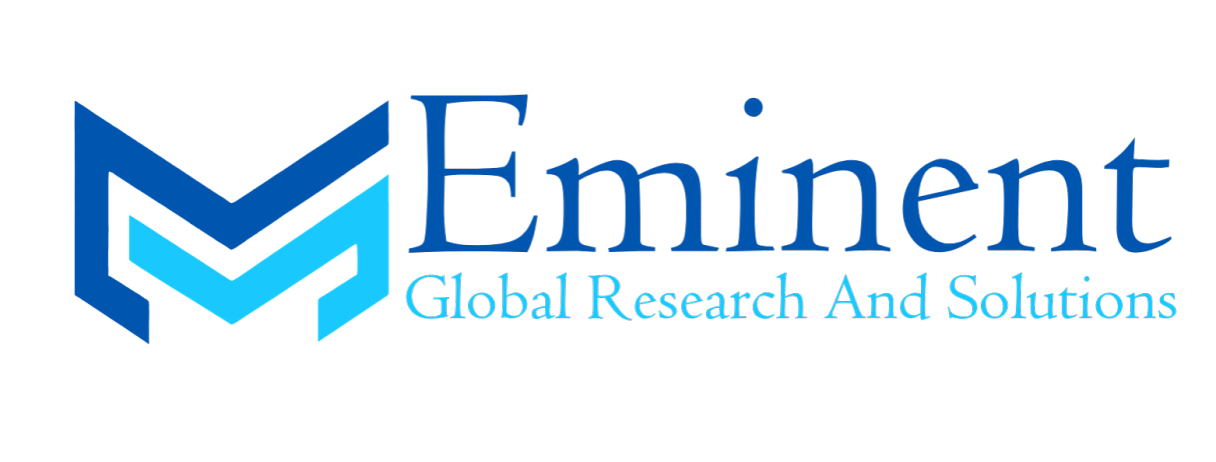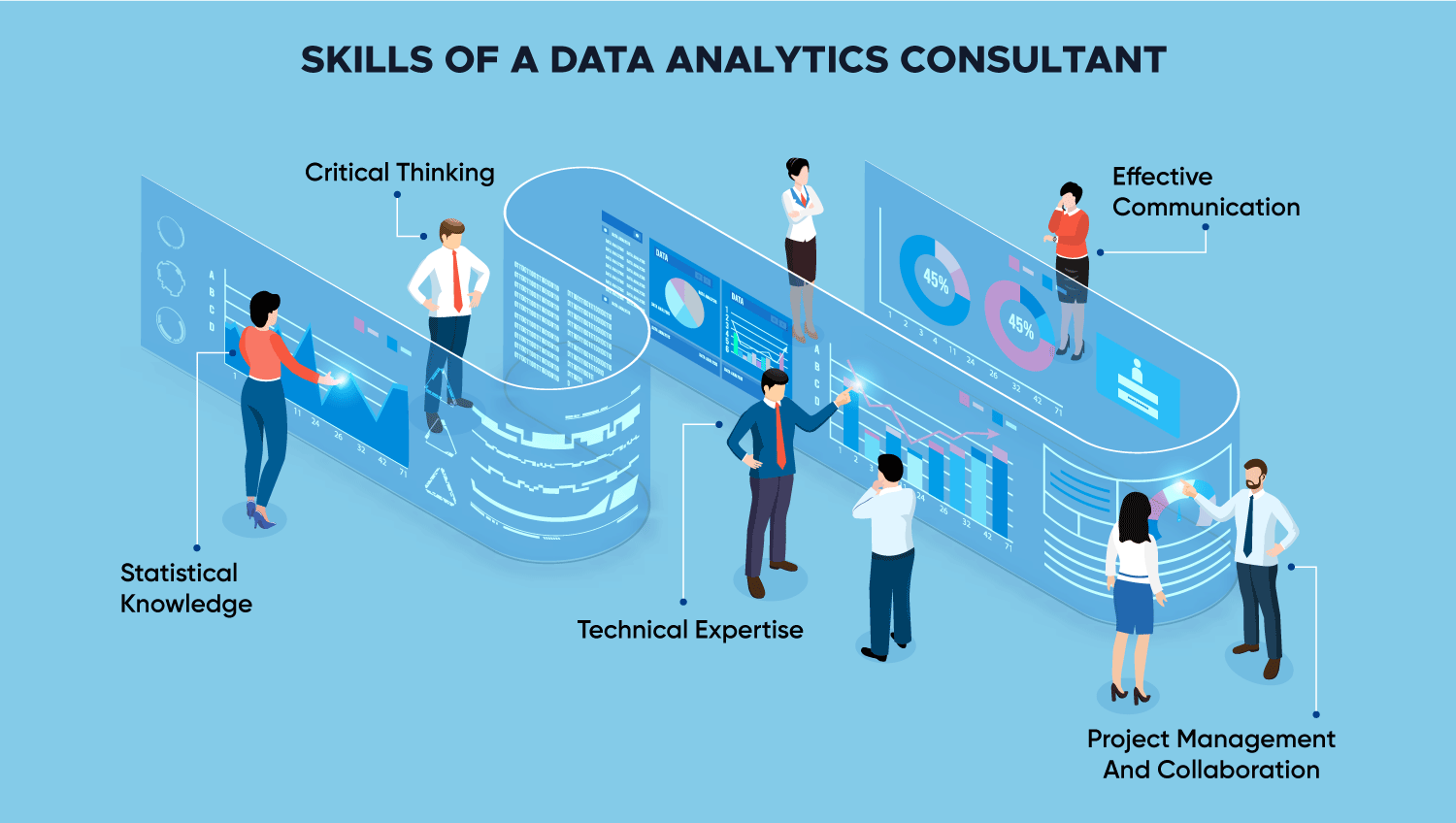In an era where transformation is the only constant, the consulting industry is evolving at a break-neck pace. For consulting firms and independent advisors alike, the phase ahead is less about either/or — human insight or data — and more about integrating both in a way that creates value, builds trust, and drives sustained competitive advantage.
This blog digs into how the future of business consulting is being reshaped by the interplay of human expertise and data/AI-driven capabilities, what this means for consultants and their clients, and how to navigate the opportunities and pitfalls ahead.
1. Why the Change Is Now
1.1 The demand side: Clients expect more
Clients of consulting firms are no longer satisfied with high-level strategy alone. They want data-driven insights, faster turnaround, measurable results, and continuous engagement. According to one overview, the consulting model is shifting from “static advice” to “data-driven, adaptive delivery models”. gem-corp.tech+1
Also, in the human capital and talent domain, unlocking client data combined with firm data is becoming a key differentiator. sourceglobalresearch.com
1.2 The supply side: Technology and analytics maturation
The enabling technologies — big data, cloud, advanced analytics, generative AI — are maturing and becoming more accessible. Firms that integrate them well can deliver deeper and faster insights. Ramjas Consulting Society+1
For example, analytics is becoming mainstream in organizations: A survey found that almost three-quarters of respondents said their organisation’s analytical maturity has increased over the past year. Future Market Insights
1.3 The convergence: human + machine
What we see is consulting entering a hybrid mode: human insight, judgement, context, empathy — fused with data, predictive modelling, automatisation, process diagnostics. This isn’t just additive — it’s transformative. One source says the future of consulting is “symbiotic — where data meets empathy.” consultwithajay.com
2. What Does This Look Like in Practice?
Here are concrete shifts you’ll see in consulting engagements.
2.1 From one‐time projects to ongoing partnerships
Traditionally consultants were brought in for a defined scope and then departed. The future is more embedded: continuous monitoring, dashboards, flexible engagements, mid-course corrections. The technology allows for real-time or near-real-time insights, and clients expect availability beyond a three-month stint.
2.2 Data-first diagnostics and strategy formulation
Instead of starting solely with interviews and workshops, consultants will increasingly begin with data exploration — digging into client systems, third-party data, predictive models — to detect patterns, stress-points, opportunities. For example, advanced analytics tools enable deeper insights into customer behaviour, operations, etc. pristineconnections.org+1
But then human insight interprets, adds context, manages politics, aligns to strategy.
2.3 Hybrid teams: data scientists + industry/functional experts
Consulting teams will need both strong quantitative/data capability and domain/functional capability. Data scientists will do modelling; consultants will translate those into strategic moves, change programmes, leadership conversations.
2.4 Technology-enabled delivery models
Automation of routine tasks (data cleansing, slide generation, standard diagnostics) frees human consultants for higher-value tasks: scenario design, stakeholder management, change leadership. pristineconnections.org+1
Dashboarding and self-service analytics will allow clients to access insights, reducing dependency on consultants for every iteration.
2.5 Human insight remains critical — and is reframed
Even as data and analytics take centre stage, human insight around culture, judgement, ethics, change management, organisational behaviour becomes even more important. One article puts it succinctly: “Humans still in the driver’s seat.” humanlistening.com
Consultants must ask: How will data be interpreted? What does it mean in this client’s culture? How do you implement change when the numbers say one thing but the organisation resists?
3. Key Trends Shaping the Future
Here are five major trends to watch.
3.1 AI & analytics as core consulting tools
The adoption of AI and analytics is rapidly rising in consulting practice lines. For instance, the global AI consulting services market is predicted to grow significantly. Ramjas Consulting Society+1
That means learning curves for consultants will include: data literacy, understanding algorithms, bias, model risks, transparency.
3.2 Democratisation of insights & self-service
More clients will expect dashboards, self-service tools, embedded analytics rather than waiting for reports. The analytics market research suggests self-service BI will grow significantly. Future Market Insights+1
Consultants will design these tools, train clients, embed them in process.
3.3 Ethical, sustainable & human-centric consulting
As data and AI penetrate consulting, questions of ethics, bias, trust, transparency become more salient. One article emphasises human-centred and equitable use of technology. Infosys
Consultants will need to advise on not just what to do, but how to do it ethically, responsibly.
3.4 Shift from “what we recommend” to “how we enable”
Rather than just delivering strategic plans, consultants will co-create implementation capabilities: data infrastructure, governance, upskilling, organisational readiness. The emphasis will increasingly be on enabling change. sourceglobalresearch.com
3.5 Embedded and remote delivery models
With digital tools, remote work, analytics platforms, consulting engagements can be more distributed, cost-effective, flexible. Digital-first project environments replace the traditional model. gem-corp.tech+1
4. Implications for Consultants and Consulting Firms
4.1 Re-skilling and talent strategy
Consultants must upskill: data literacy, analytics, AI understanding, storytelling with data.
Firms will build multi-disciplinary teams: data engineers, analytics translators, change leads.
Soft skills remain crucial: empathy, stakeholder management, organisational dynamics.
4.2 Service model redesign
Move from purely advisory charges to value-based pricing: outcomes, ongoing support.
Develop proprietary platforms, analytics assets to scale offerings.
Shift to subscription or retainer models for ongoing insight and support.
4.3 Client relationship repositioning
Consultants become partners in transformation, not just vendors of advice.
Need to build trust around data, privacy, transparency.
Focus on enabling client autonomy – tools, dashboards, self-service.
4.4 Commercial and operational shifts
Investment in technology, analytics platforms, IP.
Sales messaging shifts: “We help you embed insight & action” rather than “We give you the plan”.
Operating model: remote delivery, cross-geography teams, agile project methodologies.
5. What Clients Should Expect — And Demand
From the client viewpoint (CEOs, senior executives), this evolution means:
5.1 Expect more tangible, data-backed recommendations
Not just “here’s a PPT”, but “here’s the data, here’s the model, here’s how you’ll run it, here’s the dashboard”.
5.2 Demand transparency around modelling and assumptions
“What data are you using? What are the assumptions? What are the risks?” — consultants must answer these.
5.3 Expect capability building
The outcome is not just a strategy but the ability to act: processes, governance, dashboards, skills.
5.4 Insist on human context
Even with advanced analytics, success depends on organisational context, culture, change management. So choose consultants who understand your people and environment.
5.5 Look for ethical and sustainable frameworks
As decisions increasingly rely on AI/data, clients should ask: “Are we considering bias? Privacy? Long-term societal implications?”
6. Key Challenges & Risks
Data quality and access: Smart models still require reliable, clean data. Many organisations struggle with “dark data” or fragmented systems. Wikipedia+1
Human-machine integration gap: It’s one thing to deploy analytics; it’s another to embed insights into decisions and change behaviour. As one article noted: “the process of deriving insights … is deceptively difficult”. humanlistening.com
Change fatigue: Clients may resist new tools, dashboards, governance layers. Consultants must manage the human side.
Ethics, trust and bias: Analytics and AI bring risks: algorithmic bias, transparency issues, governance gaps. Consultants must guide in mitigating these.
Talent competition: Firms are competing for data scientists, analytics translators, change agents — the mix of skills is rare.
Delivering measurable impact: Many firms talk about analytics/AI but few deliver measurable value. (For an example from recent research: only ~5% of companies are deriving real value from AI). Business Insider
7. Building a Framework: How to Blend Human Insight + Data
Here’s a simplified consulting-framework you can apply or adopt:
| Phase | Data/Tech Component | Human Insight Component |
|---|---|---|
| Discovery & diagnostic | Collect internal + external data, run analytics, identify patterns/trends | Conduct interviews, workshops, understand culture, context, leadership intent |
| Strategy formulation | Use scenario modelling, predictive analytics, optimisation | Interpret results, align to vision, stakeholder engagement, risk assessment |
| Implementation roadmap | Dashboard build-out, governance setup, analytics embedment | Change management planning, capability building, communications |
| Continuous monitoring & iteration | Live dashboards, alert systems, AI/ML feedback loops | Periodic review, human reflection sessions, adapting to human behaviour & market shifts |
Consultants who adopt such a hybrid framework will deliver higher value.
8. A Vision for 2025–2030
Looking ahead a few years:
Consulting engagements will increasingly feature digital twins of the business (data-driven models), where consultants and clients test “what if” scenarios in virtual space.
More embedded analytics-as-a-service offerings by consulting firms — clients subscribe to ongoing insight rather than one-off projects.
Generative AI and conversational assistants will become part of the consulting toolkit (automated report generation, insight summaries, stakeholder communication tools) while humans focus on oversight, creativity, judgement.
Ethical, sustainability, human-centric consulting will become the baseline — not a nice-to-have. Clients and regulators will demand it.
Smaller and niche consultancies will flourish by specialising in combining data + human insight in specific verticals (e.g., healthcare, manufacturing, climate) rather than the broad generalist model.
The boundary between consulting and technology services will blur — many consulting firms will act as both strategist and platform provider.
9. Five Practical Recommendations for Consulting Firms
Invest in analytics infrastructure and talent now — even if just a small team, build credibility in data-to-insight-to-action.
Re-train consultants: data literacy, storytelling with data, understanding AI risks, change management in tech environments.
Build repeatable analytics-enabled service modules — not every engagement should be bespoke from scratch.
Prioritise human factors: culture, leadership alignment, stakeholder buy-in — analytics alone won’t transform organisations.
Emphasise outcomes and value, not just deliverables. Dashboards, tools, models are means — better decisions and performance are the ends.
10. Final Thoughts
The future of business consulting isn’t about replacing human insight with machines — it’s about amplifying human insight through data, technology and analytics. The consulting firms and professionals who succeed will be those who master both: they will use data to uncover patterns and drivers, but they will apply human judgement to craft strategy, lead change and navigate complexity.
In this new paradigm, consulting becomes less of an event and more of a continuous capability embedded in the business ecosystem. The opportunity is vast. The challenge is to blend technology, expertise, ethics and humanity into a cohesive and compelling service.
If you’re a consulting leader or advisor preparing for the next wave, lean into this dual-capability: one foot in data, one foot in human insight, and both firmly directed at value creation.


